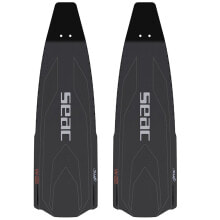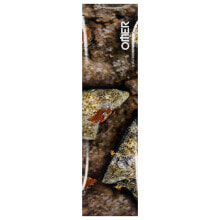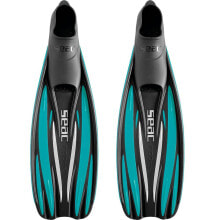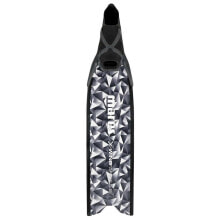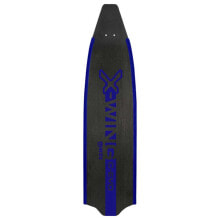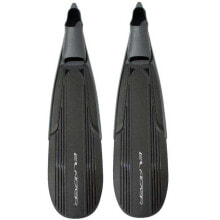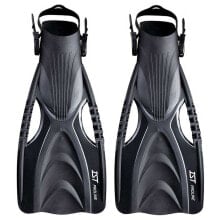DENTY Black Mamba V2 Medium+ Blade Without Drilling
Бестселлер
- Артикул:
- 120079420
Нет в наличии
Характеристики
Дизайн
- Цвет
- Черный
Прочие свойства
- EAN
- 3760301451389
- Бренд
- DENTY
Описание
Black Mamba V2 100% Carbone.
Carbons Fabrics:
- Each fabric has its own characteristics but it is possible to distinguish them at a glance.
The taffeta:
- Carbon fabrics taffeta form a checkerboard with a weave fibers at 90 degrees. Low deformation. Very good stability
- dimensional fabric. Few fringes when cutting.
- Hard to drape. Because of this difficulty of draping the
- Taffet fabrics are more commonly used on flat surfaces.
The sergé:
- The serge carbon fabric is more commonly used because their drapability is better than taffeta fabrics.
- Medium deformation. This fabric is also widely used- its aesthetic qualities. There are 3/1 twill, 2/2 twill.
- This means that the fibers intersect every 3 or 2 fibers.
There are different widths of fabric spindles. Their names are: 3K -10K - 20K.
A K is equivalent to 1000 wires and corresponds to 1mm wide.
3K is equivalent to 3000 yarns per spindle.
On a palm, regardless of the fabric used Sergés or Taffetas and regardless of the number of K, there are exactly the same number of wires horizontally as vertically.
In theory both mechanically and through construction, fabric and K have no influence. However, in practice it has been realized that the higher the number of K, the stiffer the palm and the lower the K (3K) the more nervous and reactive the palm. In terms of stiffness, no difference between a Sergés and a Taffetas, however the Sergé palm spins less than the Taffetas palm. The theory doesn´t explain it, but that´s the way it is!!
The hardest part is finding a way to use them at the same time to combine their two qualities without deformation related to the different structure. This is what Denty Spearfishing has been able to implement.
We chose the 3K Sergé fabric in the water loading phase and a Taffta fabric in the unloading phase to use the best reactivity of the two materials in their respective working axes.
The Declives:
- The latest generation Denty Spearfishing Black Mamba V2 fins go beyond that and feature 8 declives in Hexagon and V. That is, in addition to two outer composite sheets, there are 7 fabrics of different length inside in pure carbon.
- The goal is to obtain a palm that is both powerful in front of the foot to ´´load´´ the water (Sergé) and flexible and nervous enough at the end for ´´water leakage´´ (Taffeta). She finishes the job on her own by returning some of the power transmitted to the load through the Taffeta´s 90-degree weft.
- This nervousness and responsiveness are essential for the movement to be as smooth as possible, in order to reduce downtime when you get to the top or bottom of the palming motion.
The SEAC Boot (Denty boot under development):
- The choice of the SEAC Motus boot is linked to the following points: Weight 550 gr Sail 320g
- Solidity: Very important lifespan
- Size charter reliability: Compliance with European sizes - Impact of weight: Neutral in water
- The material: Synthetic rubber with mineral load and microbubbles.
- The Denty boot is being developed with C4
The cutting:
- Palm width 19 cms: Avoids the friction of the fins against each other during palming, Length 80 cms: the shape of the leak is important in the guidance of the water. A palm with a straight cut remains flat during the palming while the fish tail shape has the effect of forcing both sides of the palm to give it a tuiled shape and thus prevent them from slipping. If you push the detail, fins in 74cms are more manageable to fish in moss and in rocks. (Futur project)
The angle:
- The angle of the Denty Spearfishing Mamba V2 sails is 29 degrees.
- A palm that is too flat 0 degrees tends to hit the water during palming, thus cutting off the fluidity of the movement. A palm with too much angle will enter the water far too easily, thus losing all efficiency in its ´´charge´´ action. It is not to exceed 30 degrees or risk losing this efficiency by entering the water.
- That is why we chose this angle. During vertical palming the difference in yield due to the angle is minimal, but when palming on the surface the angle of 29 degrees will give the optimal performance of the movement.
